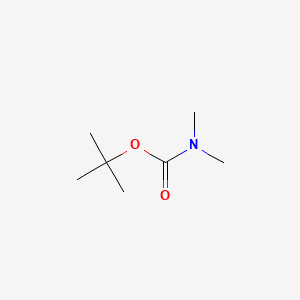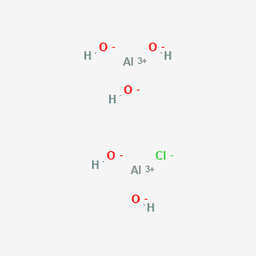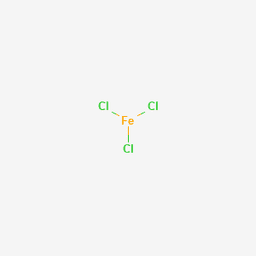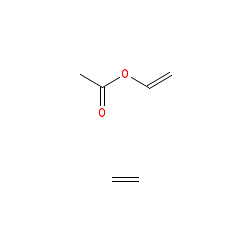

Dimethyl Cocamine (also called as Coco Alkyldimethylamine, or Dimethylamine coconut-derived) is a fatty tertiary amine derived from coconut oil, typically comprising C12–C18 alkyl chains. It is commonly available in high purity grades such as Grade-Coco Alkyldimethyl Amine-98%. Also referred to as Dimethyl cocoalkylamine by speciality chemical suppliers and manufacturers This compound serves as a key intermediate in the production of quaternary ammonium compounds, surfactants, textile softeners, emulsifiers, corrosion inhibitors, and antistatic agents. C₁₈H₃₉N's molecular structure-characterized by a hydrophobic alkyl tail and a reactive dimethylamine head (R–N(CH₃)₂)-makes it particularly suitable for surfactant synthesis & chemical derivatization. Dimethyl Cocamine’s surface-active properties and compatibility with hydrophilic-lipophilic balance (HLB) requirements make it deeply valued universally in industrial formulations and personal care products, including emulsifying systems.

Dimethyl Cocamine (also called as Coco Alkyldimethylamine, or Dimethylamine coconut-derived) is a fatty tertiary amine derived from coconut oil, typically comprising C12–C18 alkyl chains. It is commonly available in high purity grades such as Grade-Coco Alkyldimethyl Amine-98%. Also referred to as Dimethyl cocoalkylamine by speciality chemical suppliers and manufacturers This compound serves as a key intermediate in the production of quaternary ammonium compounds, surfactants, textile softeners, emulsifiers, corrosion inhibitors, and antistatic agents. C₁₈H₃₉N's molecular structure-characterized by a hydrophobic alkyl tail and a reactive dimethylamine head (R–N(CH₃)₂)-makes it particularly suitable for surfactant synthesis & chemical derivatization. Dimethyl Cocamine’s surface-active properties and compatibility with hydrophilic-lipophilic balance (HLB) requirements make it deeply valued universally in industrial formulations and personal care products, including emulsifying systems.

.3d8f8f41.svg)
Industrial Chemicals
.3556d45a.svg)

Surfactants & Emulsifiers


Fatty Amines

Chemical Properties & Specifications
Skin Corrosion/Irritation: Category 2 Eye Irritation: Category 2A Aquatic Toxicity (Chronic): Category 2
H315: Causes skin irritation H319: Causes serious eye irritation H411: Toxic to aquatic life with long-lasting effects
P280: Wear protective gloves and eye protection P273: Avoid release to the environment P305+P351+P338: IF IN EYES: Rinse cautiously with water P302+P352: IF ON SKIN: Wash with plenty of water
Intermediate for quaternary ammonium compounds (e.g., quats, esterquats)
Base amine for producing cationic softeners
Used in oilfield and metal treatment formulations
Active component in coatings and textile chemicals
Precursor for alkylamine ethoxylates and emulsifying agents
Sourced from coconut oil, promoting bio-based chemistry
Easily converted to surfactants via methylation or ethoxylation
Suitable for high-temperature emulsification systems
Simplifies handling and blending in formulations
Soluble in ethanol, isopropanol, glycol ethers
Store at 10–30°C
Keep away from strong oxidizers and acidic conditions
180 kg HDPE or MS drums 1,000 L IBC tanks Bulk ISO tankers (on request)
Airtight containers with inert nitrogen blanketing preferred
12–18 months in original sealed packaging

CAS No. : 1327-41-9
Category : Inorganic Chemicals
Sub-Category : Metal-Based Coagulants
Description: Aluminum Chlorohydrate (ACH) 50% Solution is a clear, water-based coagulant universally used in wate...

CAS No. : 7705-08-0
Category : Inorganic Chemicals
Sub-Category : Metal-Based Coagulants
Description: Ferric Chloride - Liquid is an aqueous solution of iron(III) chloride, commonly used as a coagulant ...

CAS No. : 24937-78-8
Category : Thermoplastic Polymers
Sub-Category : Specialty EVA Copolymer
Description: Ethylene-Vinyl Acetate (EVA) is a flexible, transparent thermoplastic polymer widely used in adhesiv...